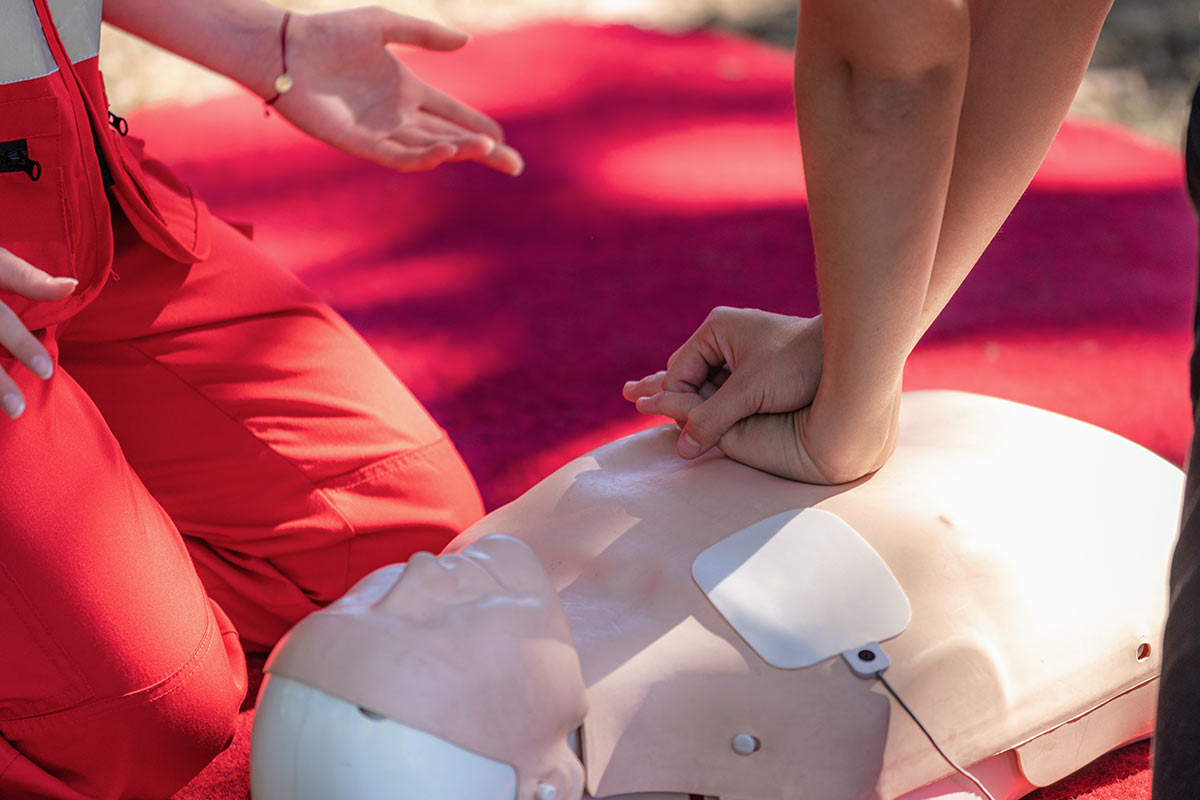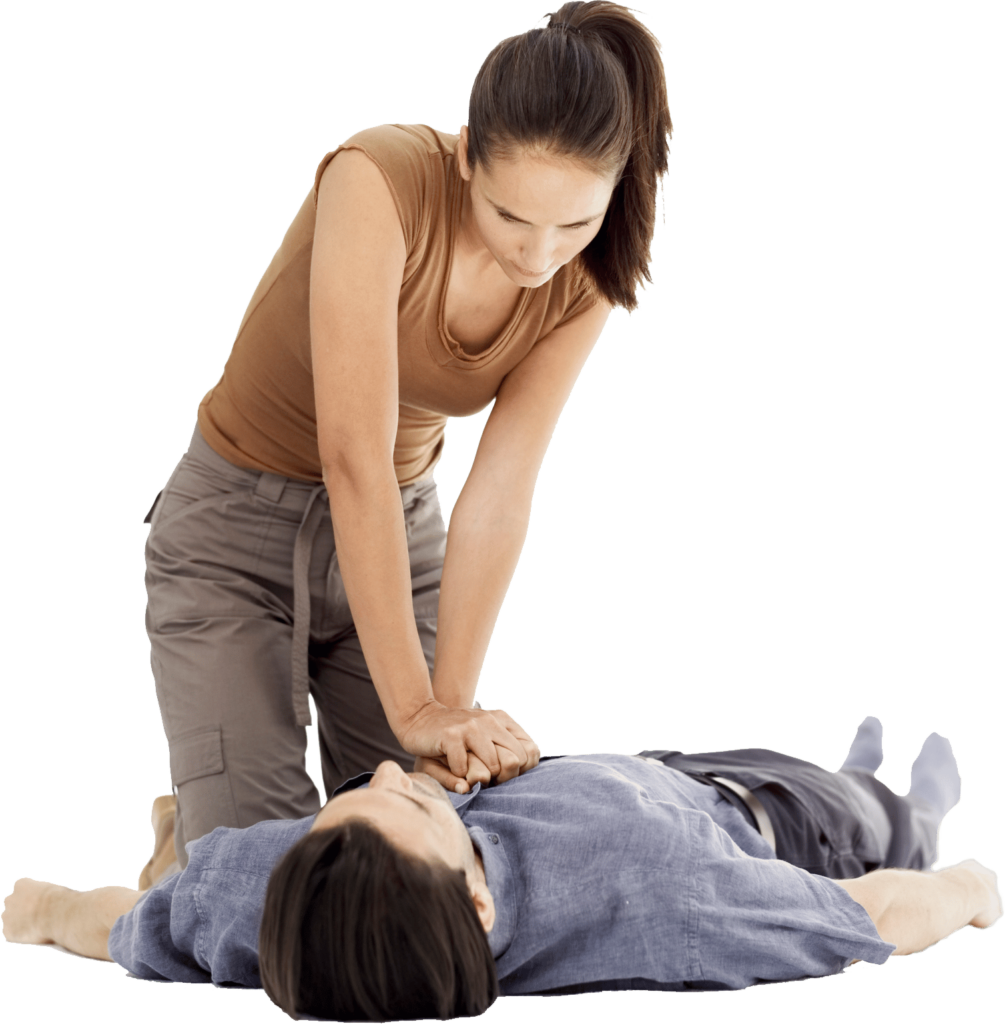

When a cardiac arrest strikes, every second counts. It’s an intense and life-threatening emergency where the heart suddenly stops pumping blood, leaving the brain and organs desperate for oxygen. While it’s a scary situation to think about, knowing how to react promptly can change everything. One key to increasing survival chances is performing CPR (Cardiopulmonary Resuscitation) right away.
Many believe that cardiac arrests only happen to older individuals or those with health problems, but that’s far from the truth. It can happen to anyone, anywhere, anytime. Imagine walking through a busy park in Dallas and seeing someone suddenly collapse. How you respond could be the turning point in that person’s life.
When someone experiences cardiac arrest, their heart isn’t functioning properly, and it’s not pumping blood through their body. That’s when CPR steps in to help. Think of CPR as a manual way of keeping the heart pumping temporarily. By doing chest compressions and giving breaths, you assist in maintaining blood flow to the brain and heart.
– Immediate Action Matters: Starting CPR as soon as possible is critical. Every minute without action reduces the likelihood of survival. Those first few moments are when quick actions are most impactful.
– The Role of Blood and Oxygen: Blood carries oxygen from the lungs to the brain and other vital organs. CPR facilitates this process by manually pumping the heart, ensuring the brain receives the oxygen it needs to function. Without oxygen, brain cells can start to die within minutes.
Visualize blood flow as a stream that nourishes plants in a garden. If the water stops flowing, the plants wither away quickly. Similarly, maintaining this flow in our bodies during cardiac arrest through CPR is crucial. It doesn’t take much to see that knowing how to perform CPR efficiently could truly save a life during such emergencies.
Saving a life isn’t just about executing CPR; it’s about doing it correctly. Following the recommendations from the American Heart Association (AHA) ensures you’re using the latest techniques. This means better prepared and more efficient first assistance until professional help arrives.
The CPR techniques recommended by the American Heart Association (AHA) are the gold standard for saving lives. These guidelines are crafted to ensure that anyone can provide effective and timely aid during a cardiac arrest. The AHA focuses on high-quality chest compressions, quick application, and efficient breaths.
By adhering to these steps, you maintain the most effective rhythm necessary for reviving someone whose heart has stopped. The certification process validates that you’ve got the skills down and you’re ready to act. A quick response, backed by AHA-endorsed training, is the fastest path to increasing survival chances for those experiencing cardiac arrest.
Imagine Johnny, an active father who cherishes his Saturday runs in the park. One day, he collapses unexpectedly during his jog. A bystander, trained in CPR, rushes to his side and starts performing CPR. As a result, Johnny not only has a story to tell but also another chance at life with his family. Stories like Johnny’s serve as a powerful reminder of how effective a quick response and sound training can be.
Around Dallas, there are numerous instances where bystanders performing early CPR have made a tremendous difference. These aren’t just anecdotes; they are important accounts that underline the importance of being ready to intervene. Acting swiftly after recognizing a cardiac arrest can help restore normal patterns till professional help takes over.
Learning CPR is straightforward and doable for anyone. Accessibility is key, with classes regularly held in Dallas, making it easy to fit into any schedule. Training sessions typically last around three hours and are designed so you gain the necessary know-how without overly complicating things.
Local resources offer a variety of classes that cover everything from Basic Life Support to advanced techniques like the Heimlich Maneuver and AED (Automated External Defibrillator) use. By acquiring these skills, you’re not only helping yourself but those around you. Knowing CPR equips you with the power to act effectively in emergencies, lending you the ability to change outcomes when needed most.
Equipped with this understanding, you can genuinely make a difference when facing emergencies and play a vital role in your community’s safety net.
Get ready to make a real impact in emergencies by gaining skills approved by American Heart Association CPR. Dive into our accessible classes at Rapid CPR Dallas, where you’ll learn life-saving techniques and build confidence to step in when seconds matter most. Classes are comprehensive and held conveniently in Dallas, ensuring you’ll be prepared to act effectively when it truly counts.

